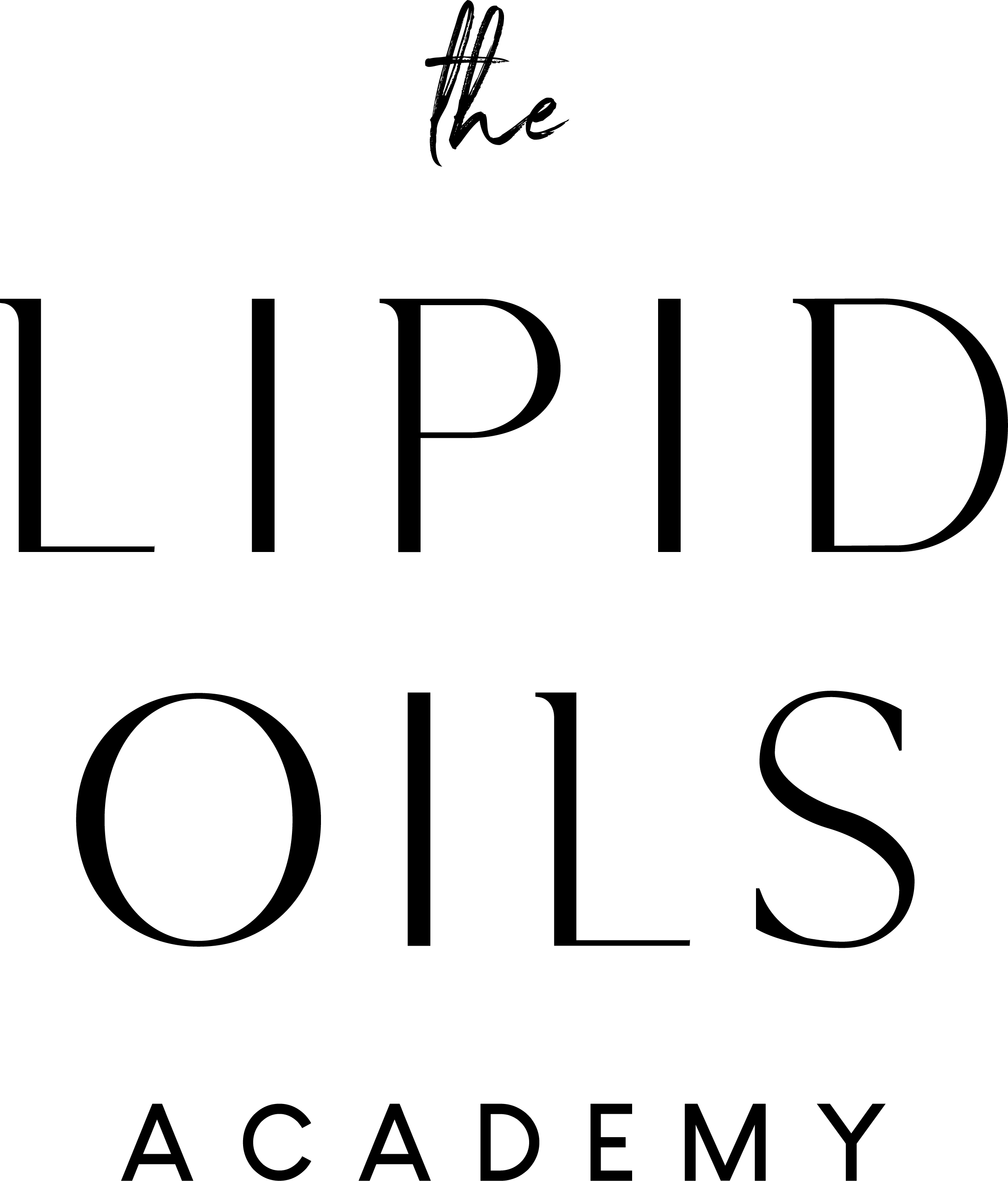I wanted to share with you some of the beautiful colors that come through when we infuse plants into oils. These jars in front of me are all infused oils, and what you’re seeing in the colors is really the essence of the plants themselves.
For example, this greeny-yellow oil was made with lemon balm leaves, infused several months ago. To make an infused oil, you simply place the plant material into a jar, pour oil over it, and let it macerate. Over time, the healing compounds in the leaves, flowers, stems, or even roots and rhizomes will migrate into the oil.
That’s the magic of infused oils, the healing properties of the plant are carried over into the oil itself.
St. John’s Wort, Violet, and Elderflower
This vivid red oil is St. John’s wort, made in mid-June with the fresh flowering tops. It turns the oil a beautiful ruby color and has a long tradition of healing, helpful for the skin, for calming inflammation, and supporting repair after too much sun exposure.
Here’s another: violet leaf oil. It’s strikingly green, and violet leaves have pain-relieving qualities, what herbalists call “analgesic.” They can be used for sore muscles and tension, making this oil wonderful for topical use.
The very pale, light-colored oil is elderflower. Elderflowers create a delicate infusion, with a lovely scent and wonderful properties for the facial skin. They soften, help support collagen, and are beautiful additions to facial oils.
Dandelion and Calendula
This deep yellow oil comes from dandelion flowers. Dandelion has a reputation for easing tension in the body and muscles, so a dandelion flower oil makes a wonderful massage or body oil.
Another infusion here is calendula. While this particular infusion isn’t a deep orange, it still carries what’s soluble from the flowers into the oil. Calendula is one of our classic skin-healing plants, gentle, supportive, and excellent in so many formulations.
The Compounds Behind the Colors
I wanted to show you these oils not only for their beauty but also to highlight the differences. For years, as an herbalist, I made gallons of infused oils, through all the seasons, with many different plants and I sold the products made from them. Over time, people began asking me: What’s actually in the oils? What compounds are doing the healing?
That question eventually led me deeper into the study of oil-soluble plant compounds. The colors you see in each jar give us a clue, every plant has its own unique profile, and while many share similar compounds, the different shades of red, green, and yellow tell us there’s always something distinct migrating into the oil.
Most of the compounds that move into oil are terpenes and terpenoids, which are naturally oil-soluble. But interestingly, some polyphenols, usually more associated with water extraction, also make their way into oils under the right conditions. Whether you use warmth, sunlight, or time, each method draws different compounds into the oil.
Studying the Science of Infused Oils
This work of infusing and studying has been fascinating. These oils not only carry forward the plant’s healing properties, but they also give us a way to connect more deeply with the chemistry of the plants we use in our formulations.
If you’d like to explore more about the plant compounds that infuse into oils and how to work with them, you’ll find details in my course Herbal Actives: The Science of Infused Oils
